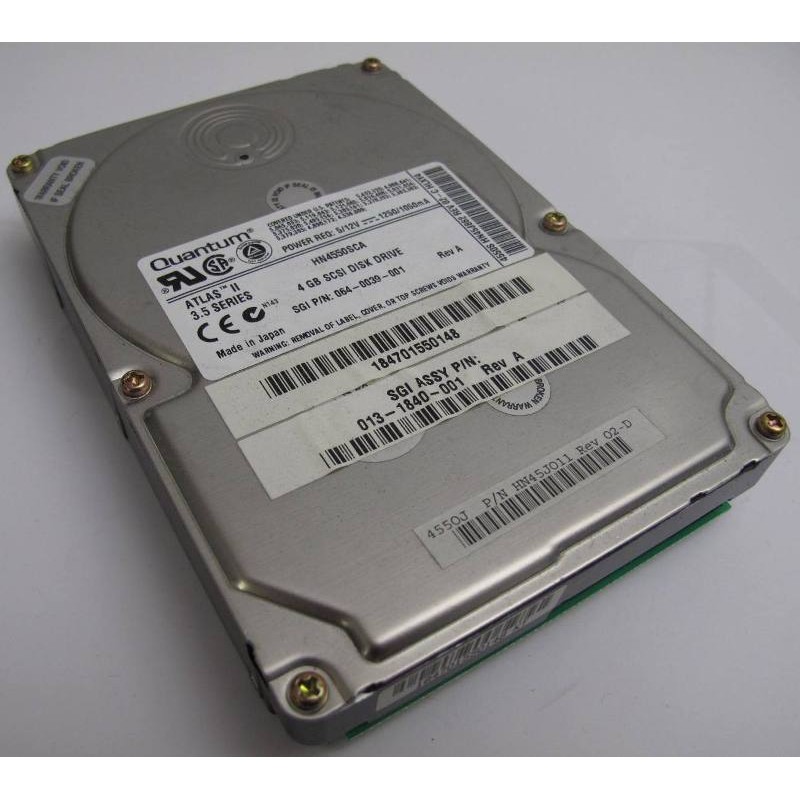
He later moved on to work for Digital Equipment (DEC) and then Sun Microsystems.Īnother key player in the founding of Silicon Graphics was Charles Kuta. Brown created the "PM1" processor boards for the first SGI workstations. Clark also co-founded Mosaic / Netscape.ĭavid Brown, another Stanford alumnus and co-founder of SGI, had previously helped develop the SUN workstation over 10 years prior to the founding of Sun Microsystems. He also created the RealityEngine for the Crimson and Onyx "visualization supercomputers" and was integral in the development of the OpenGL graphics specification.įrom left to right: Jim Barksdale, Marc Andreessen, and James Clark in 1995. Among them was Kurt Akeley, who engineered the frame buffers and processor subsystems in the first SGI IRIS terminals and the CAD systems used to develop them. On his departure from Stanford, Clark took seven talented graduate students with him.

James Clark left his job at Stanford University, where he was an associate professor of electrical engineering with the vision of creating powerful computers that could perform the complex computations required in 3D animation. Silicon Graphics got its start in a day when most people did not even have a home computer.

Up to 16 racks could be connected together and act like a single computer. SGI's Onyx2 system (1996) contained 8 MIPS R10000 CPUs, 16GB RAM and two graphics pipelines. The legacy of Silicon Graphics can still be seen in the Nintendo 64, which they helped develop, and several Hollywood movies, including Jurassic Park, Twister, Congo, Toy Story, and many others, but let's not get ahead of ourselves.
Make ram disk sgi linux software#
That's because SGI was dedicated to manufacturing high-performance workstations, software design, and supercomputers for professionals specializing in 3D graphics.Īt its peak in the 1990s, Silicon Graphics had legendary status among 3D and graphic designers who leveraged the unique power of these workstations that were at cutting edge of visual computing. # Remount the ramdisk, you will lose any existing content.You may have heard of SiliconGraphics, later known as Silicon Graphics, Inc, and then simply SGI, but few home users outside of an enthusiastic hobbyist community ever used its computers. # change size=512M for a 512 megabyte ram drive. The following will change the size of the ramdisk to 512M # Check the existing ramdisk size. To adjust the size of the RAMDISK, edit /etc/fstab and verify by remounting the ramdisk (you will lose your current RAMDISK content as you will on reboot). If the RAMDISK is too large, your system will consume swap storage to make up the difference. Double check your memory requirements during maximum system load. The RAMDISK won't consume memory until you use it. tmpfs /media/ramdisk tmpfs rw,size=2048M 0 0 You will see the line moved from mtab to fstab. grep /media/ramdisk /etc/mtab | sudo tee -a /etc/fstab To make the ramdisk permanently available, add it to /etc/fstab. sudo chmod 1777 /media/ramdiskĭrwxrwxrwt 2 root root 180 Apr 23 07:34 /media/ramdisk The tmpfs default permissions (chmod 1777) are correct. The ramdisk permissions should be writeable by everyone. The ramdisk folder is owned by root as it is to be available on reboot.

Sudo mount -t tmpfs -o size=2048M tmpfs /media/ramdisk

The following will create a 2G RAMDISK that will always be available.


 0 kommentar(er)
0 kommentar(er)
